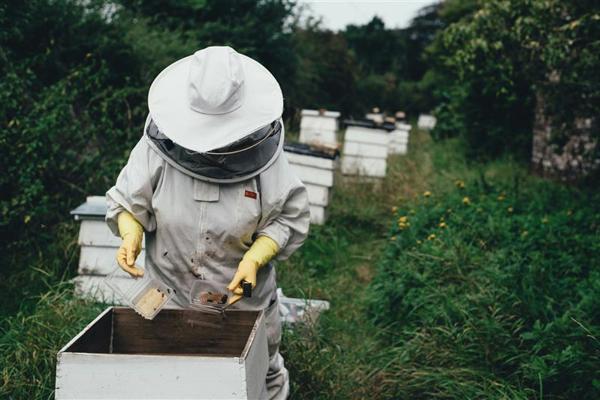Some thought should be given to these alternative arrangements and whether they would be suitable for your particular farming business. Getting to grips with the differences between the two, and the advantages and disadvantages of both, will help you decide whether either of these options would be a good fit for your farming operation.
Contract Farming
This is a method of farming where a third party (operator), undertakes farming operations on the instruction of the landowner (farmer). Contract Farming agreements provide a vehicle for farming landowners to reduce overhead costs whilst remaining involved in practical farming.
The most straightforward scenario is one where the farmer provides the land and buildings, makes any necessary payments, receives farm income and deals with SGRPID, whilst the operator provides the labour, machinery and takes care of the day-to-day management.
Some of the advantages are:-
- Flexible and adaptable, with all of the terms of the agreement being agreed between the parties;
- It allows for the use of a specialist contractor whose reward depends on their achievement and reduced involvement on the part of the farmer may means less stress;
- For operators, it creates economies of scale, as they can have several agreements in place using the same labour and machinery, and they can therefore grow their business.
Some disadvantages are:-
- Higher risk if the operator does not perform as expected and the results are not as expected;
- If the farming goes back in-hand, added costs involved in acquiring the necessary equipment;
- The administration costs can be higher than managing farm tenancies.
Share Farming
This is a more modern development in Scotland, one that originated in New Zealand and has already seen a fair bit of use in England and Wales.
These agreements allow two farmers to agree to work together and share the farming of an area of land. The two parties share input costs and revenue while running separate businesses. Much like Contract Farming, one of the parties will provide the land, buildings and fixed equipment, whilst the other will provide the machinery and labour. Livestock ownership can also often be shared.
It is easy therefore to see how Contract Farming and Share Farming could be confused. The main difference however lies in the fact that in Share Farming, the parties are equals, so the production and commercial risk and reward are split between the farmer and the operator, who will be entitled to a specific share depending on their contribution. The assessment of shares must be carefully prepared and adhered to. There are no payments between the two parties and any invoices that require to be paid must be sent individually to each party, each paying for a proportion according to the share that they hold.
Some of the advantages are:-
- The risk is shared between the two parties to the agreement, so both will thrive in a good year but equally, proportionately share in the losses in poorer times;
- It is a great opportunity for new entrants into the industry, who can benefit from the expertise of the farmer and make use of a holding that they would have otherwise not been able to afford;
- It can also be a good method of succession planning, as farming landowners can use this structure to plan for family members to succeed to the business.
Some disadvantages are:-
- Administration can be more complicated, as there will be no shared bank account and the two sets of invoices/receipts and payments can confuse matters;
- The risk can be deemed to be higher than in the context of Contract Farming, as there is no guaranteed income for either of the parties.
Deciding between the two will essentially come down to your own business objectives and what you are prepared to give and expect in return. It may be that neither are suitable and that a more traditional structure, such as an agricultural tenancy, would work best. Whatever type of agreement is chosen, professional and legal advice should always be sought to ensure that the terms of the agreement are as expected.


